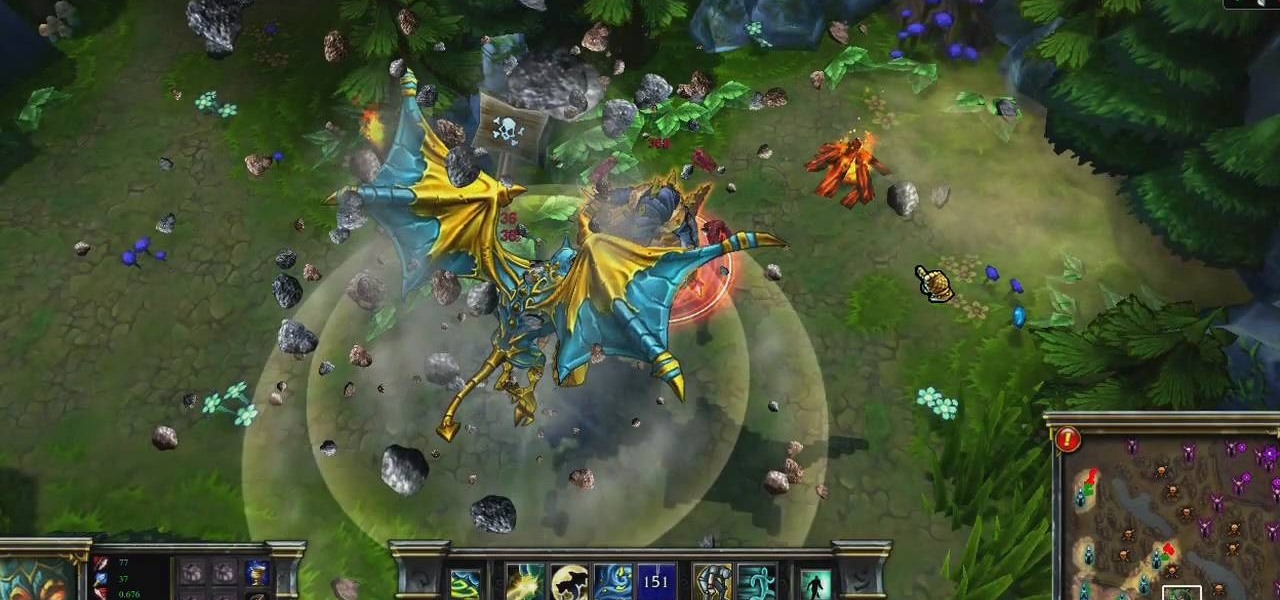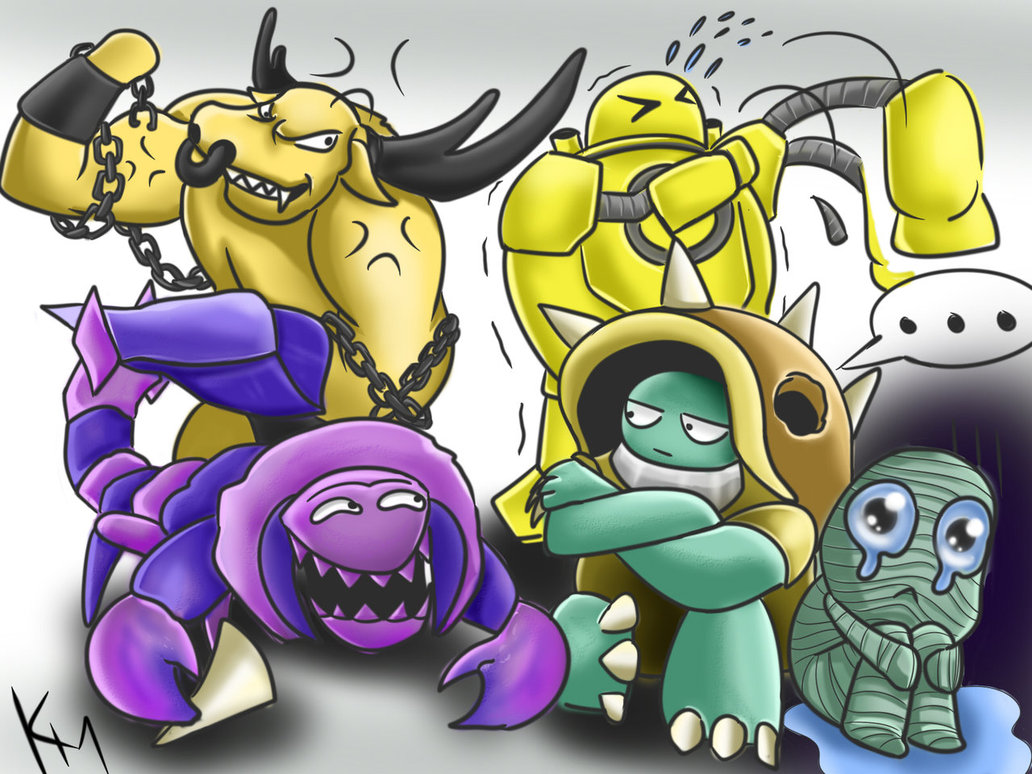I wanted to write something quickly about tanking in general, but it’s much easier to do so within the context of a particular game. I chose tanking in League of Legends, but many of the principles mentioned here can be used in any game that uses a tank.
The Goals of a Tank
First, do no harm. To paraphrase TheOddOne, the perfect jungler game is 0/0/5+ which is the mindset of a tank jungler/support. Don’t do anything to make your teammates’ lives harder. This doesn’t just mean not dying (though that is very important). It also means not shoving your allies’ lanes when they’re not there unless you know you can reset the minions with the enemy turret. It means not ganking at a time when your laner would be much better off farming. It means trusting feedback your laners give you about what they need or don’t need.
Enable your team mates to carry you. Don’t get mixed up and try to carry if you get first blood. Tanks that get cocky and rush an offensive item after a couple early advantages often get left behind and are incapable of fulfilling the role that their teammates are counting on them for. Tanks that appear unkillable at the 10:00 mark will still inspire fear, hesitation and panic Flashes at the 30:00 mark.
Initiate thoughtfully. Just because you’re Amumu and your Curse of the Sad Mummy is ready, doesn’t mean that you should initiate. Make sure your teammates are in position to capitalize on your engagements. If you’re not sure, the best bet is to hold off until you are. If you never feel sure, keep yourself in position to counter-engage or peel for your teammates when the enemy team decides to initiate.
[Video no longer available: youtube v36JalBO-Og]
Decide your team fight goal before the fight starts. Should you focus on peeling for your carries? Or perhaps you should focus on locking down their marksman or assassin instead? Your champion’s kit will usually tell you which option you’re stronger at using. If it doesn’t, your team composition will be your guide.
In general, I feel that keeping your team mates alive should be your first priority. If your support is a Braum, Blitzcrank, Thresh, Alistar or other really good peeler then perhaps you can focus on locking down their Tristana or Akali. If your support is a backline diver like Leona, you should probably focus on peeling.
Survivability and Reactive Building
Understand what your opponents will do, and when their power spikes will occur. Focus on foiling those plans. For example, you might be scared of their Ryze toplane, but buying a Negatron Cloak at the 8:00 mark will likely be less effective than defending yourself from the mid-lane Talon and marksman Caitlyn in a dragon fight that’s approaching much sooner than Ryze’s Rod of Ages + Tear of the Goddess power spike. You can build that Specter’s Cowl after you make all the money from that dragon and 3 assists you get.
Don’t just follow a guide to the letter in every game situation. Keep a goal build in mind, but make sure you build it in optimal order to gain significant advantages on your way there.
Diversify your defenses. Stacking only Armor or Magic Resist is nowhere near as effective as building up health and resistances at the same time. The same goes for only stacking health (unless you’re Volibear maybe). Building yourself in a balanced way will force your opponents to answer back with more diversity of their own. If you build a Thornmail, all they need is Armor Penetration to chunk you down. If you build a Randuin’s Omen, they need more Attack Damage (perhaps % health damage) and Armor Penetration. And even then, the Warden’s Mail passive will still reduce their attack speed. If you’re ahead in the game, this escalation of force combined with denial and winning objectives helps choke your enemies out with your gold advantages.
Role
The ideal role for a tank should include at least a few of these characteristics:
- I can make enough gold and experience to keep up with the enemy team.
- I’m not taking a high priority spot where a carry would benefit more from the plentiful resources.
- I’m often in a position where I could assist my team at short notice.
In my opinion, the Jungle is the best place for a tank. It gives us all three of these characteristics and synergizes well with a tank’s desire to enable their carries.
Bottom Lane Supports are another fantastic place for a tank. A champion with strong defensive stats built into their kit (like Leona or Alistar) can fulfill all three of the characteristics, even if their position will rarely allow them to help the top side of the map.
Top lane would be another good option. It gives us the first characteristic and then some, but can be considered a high priority role in some cases. A bruiser like Jax or Riven might be a better choice to place there because of their better scaling with gold. If you decide to tank from the top lane, I highly recommend taking Teleport to satisfy the 3rd point above.
Threat: Get Them to Fear You
Survivability is pointless if no one attacks you until your teammates are all dead. So how do you force your enemies to prioritize you over them without a Rammus/Shen style taunt? By becoming such a threat/annoyance that they can’t ignore you.
This is why Amumu builds a little AP and Udyr builds a Blade of the Ruined King. Running in and stunning a couple enemies won’t always make them target you. But noticing how fast you’re dropping their squishier teammates will. I call this ‘aggressive threat’. Renekton and Irelia are two examples of bruiser tanks that use this method.
When you have so much CC on fairly short cooldowns, ignoring you means they’ll be unable to fully participate in team fights. Constantly stunning and slowing them prevents them from reaching their goals, so they shift their focus to you while your carries fire away safely. I call this ‘peeling threat’. I like Leona, Skarner and Nautilus for this method.
When considering which way to gain threat, I find it’s best to focus on one route or the other. If you focused on both damage and cooldown reduction, there isn’t much space left for survivability. React to the circumstances of course. If you’re tanky enough but they aren’t hitting you, perhaps you should go more heavy on threat generation.
Damage Soaking
There is one last term to keep in mind while tanking in League of Legends: Damage Soak. You’ve got your survivability. You’ve got threat. Everyone’s beating on you and your carries are free-firing at the priority targets on the enemy side. So now what?
Some damage is flying your way that would normally be directed at your teammates. Should you stand in front of them and take those bullets? Only if:
- The damage is likely to hit your ally if you dodge it
- The damage is significant enough to divert you from other goals (peeling, initiation, etc.) to block it
- Soaking that damage will actually prevent others from taking damage too. For example, it makes little sense to body block a Lux laser.
You should also consider the benefits of absorbing enemy crowd control. Anyone that has played Blitzcrank or Thresh knows how bad it can turn out if you hook the enemy Alistar instead of the target you wanted. But even if you aren’t Alistar, it’s likely that you’ll have greater chances of survival than your squishy teammates. Even if you’re just a bruiser, you might have Mercenary Treads to reduce the duration of that CC. Be the bodyguard. Be the bouncer. But don’t run out in front of a hook that wasn’t going to hit anyone anyway.
But here’s the hard part: you have to survive it all too. In any team fight where your teammates die and you’re running away with more than half your health, you have failed. In ‘extremely Bronze’ circumstances, sure, your teammates might make a mistake and you wouldn’t be able to save them anyway. But in most circumstances where you do have the ability to peel or damage soak for your allies, you probably should.
But Corry! If I run away from a team fight, I’m not being an effective tank!
Not true. If you have a good feeling for your survivability and the enemy team’s damage in relation, you will be running away after sustaining enough damage to make you a tasty target to chase. And as we’ve all experienced, chasing the enemy Singed because his health bar is SOOO LOW often leads to death.
Your enemies will have to decide between A.) diving into your healthy teammates to try to execute you or B.) changing targets to the next highest threat on the field.
In scenario A, you just do your best to survive without getting too far from your allies. If you have sustainability cooldowns like Nautilus’s shield or Tryndamere’s self-heal, it’s very easy to bait the enemy into a poor position and turn around on them.
In scenario B, you have more flexibility. You can run back to base or kill minions with lifesteal to heal yourself up and run back into an extended fight. You can linger with your teammates and do some conservative peeling and support among your back line. You can wiggle your low health bar appetizingly at the enemy team and bait them into diving you a second time.
Either way, you are being 100% effective at your role as a tank. You can only take these actions if you’re alive of course, so be sure to live. Or at the very least, force the enemy team to make the greatest possible sacrifices to kill you. Just like you would want in any other position.
Example Tanks and Usages
When selecting a champion for tanking in League of Legends, be prepared to play to your strengths, and prevent the enemy from exploiting your weaknesses.
Amumu
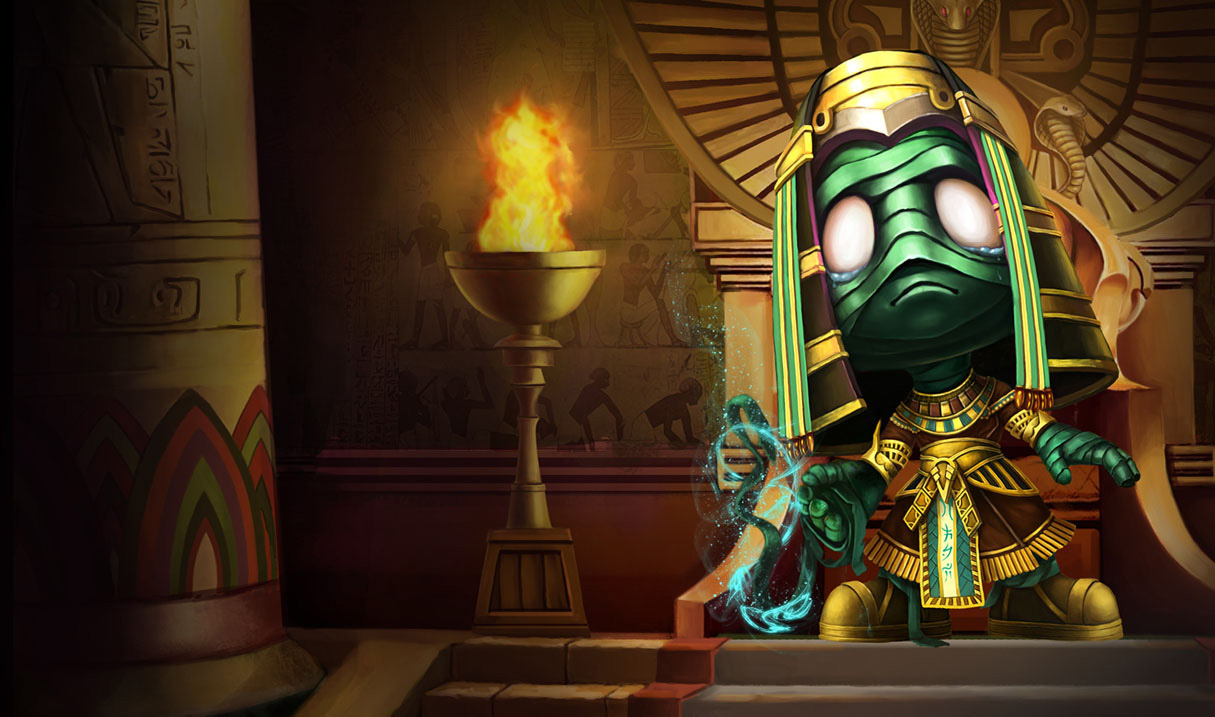
Pros: Group initiation, damage soaking, persistent AoE percent health damage.
Cons: Weak sustain, weak peel (long cooldowns), narrow role options (jungle).
Recommended Threat Tool: Aggressive (Persistent AoE Damage & Initiation)
Amumu can be a big threat for his initiation ability, but his low sustainability means that he must dodge poke well to stay in good health for that initiation. He works best in a group that synergizes with his ultimate, and with allies that can peel or kite for themselves.
Similar Champs: Rammus, Shen, Dr. Mundo
Nautilus
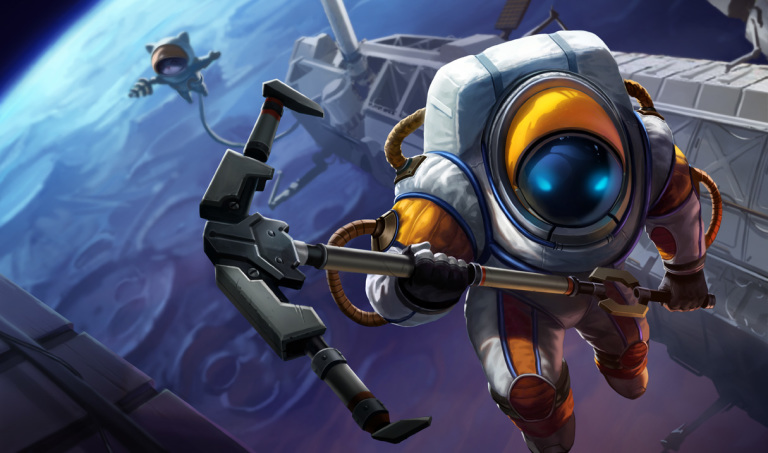
Pros: Amazing Peel, Strong Initiation, AoE Crowd Control, Fast & Safe Jungle Clears
Cons: Skillshot Sometimes Challenging to Hit, Late Game Damage is Lacking
Recommended Threat Tool: Peeling
His passive, Q, and E are all great for peeling. I recommend starting a team fight by throwing your ultimate at the highest priority back line target, then staying near your teammates and rotating his auto-attacks to make full use of his passive (similar to Udyr’s Bear Form stun rotation). Nautilus works best with an assassin that can burst down his ultimate target, and with a Marksman that can stay on target while being protected.
Similar Champs: Skarner, Leona, Maokai, Alistar
Irelia
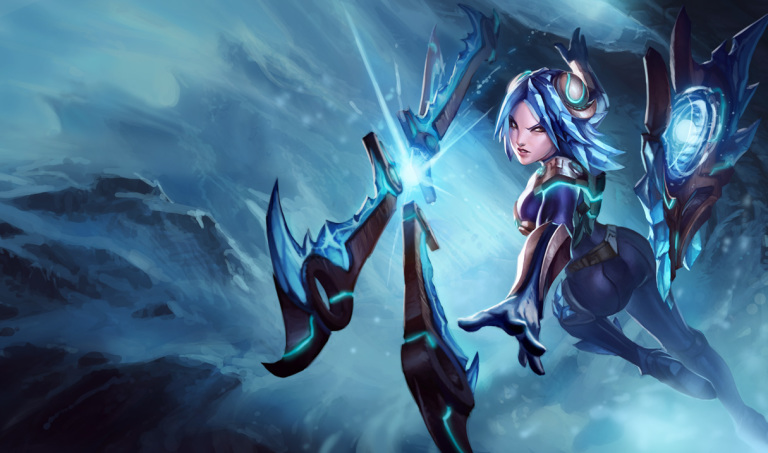
Pros: Strong & Safe Laning, Strong Sustainability, Highly Mobile, CC-Resistant
Cons: Single-Target Focused Kit, Weak Initiator, Less Durable
Recommended Threat Tool: Aggressive (Diving the back line w/ damage and CC)
A skilled Irelia player can wreak havoc on an enemy team without strong peel. She can shred tanks with a Blade of the Ruined King, burst down carries with a Trinity Force, and she builds both in her core. Add to that her passive stacked with Mercury Treads, and you have a bruiser that will absorb a ton of enemy abilities and still stick to her target. Bruiser/Fighter tanks usually work best when they can count on another team member to initiate and peel.
Similar Champs: Renekton, Udyr, Riven
Tanking In League of Legends Any Game
You can use similar guidelines in any game you want to tank in. Make yourself impossible for your enemies to ignore by generating threat. Build reactively with an eye towards upcoming enemy power spikes. Always make sure your allies are close-by and able to fight before initiating.
I hope this little fundamentals guide has helped you get better at tanking in League of Legends. Feel free to comment below if you have questions or even disagreements!
